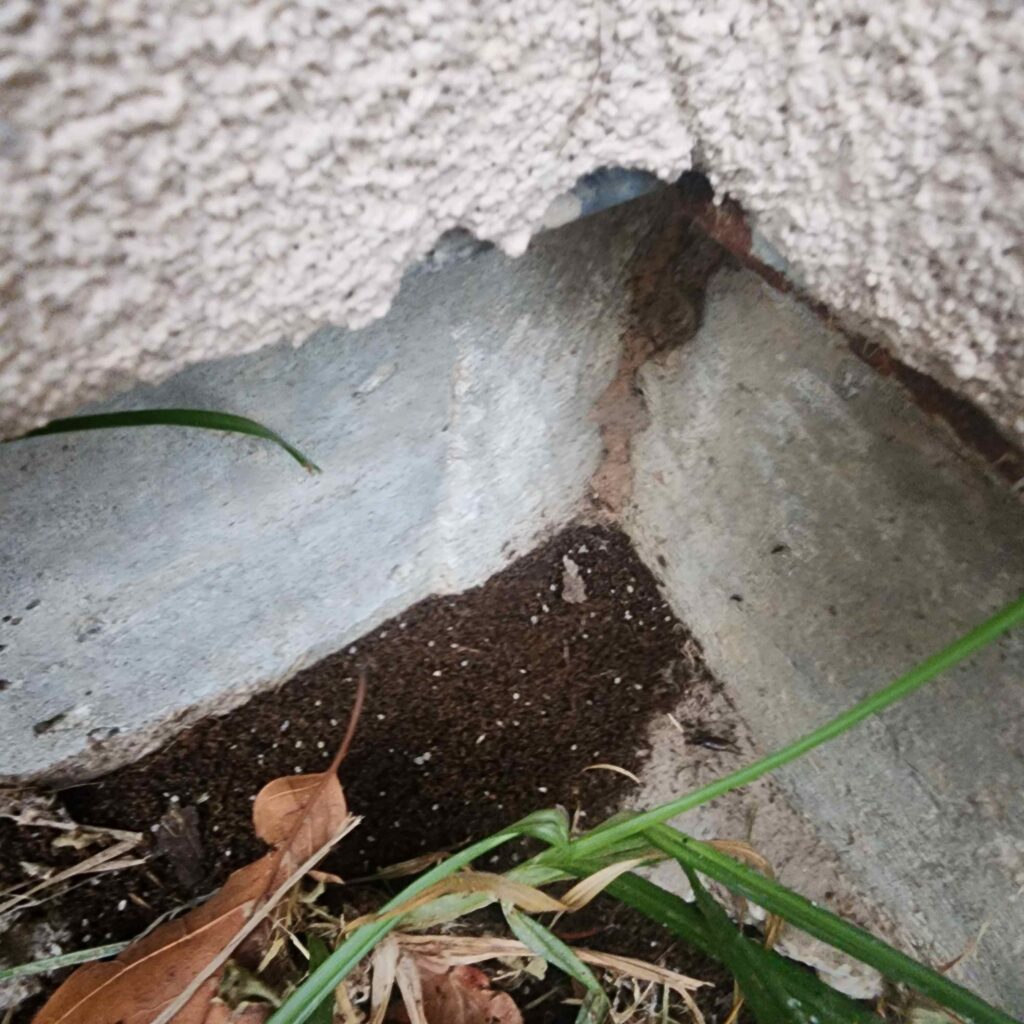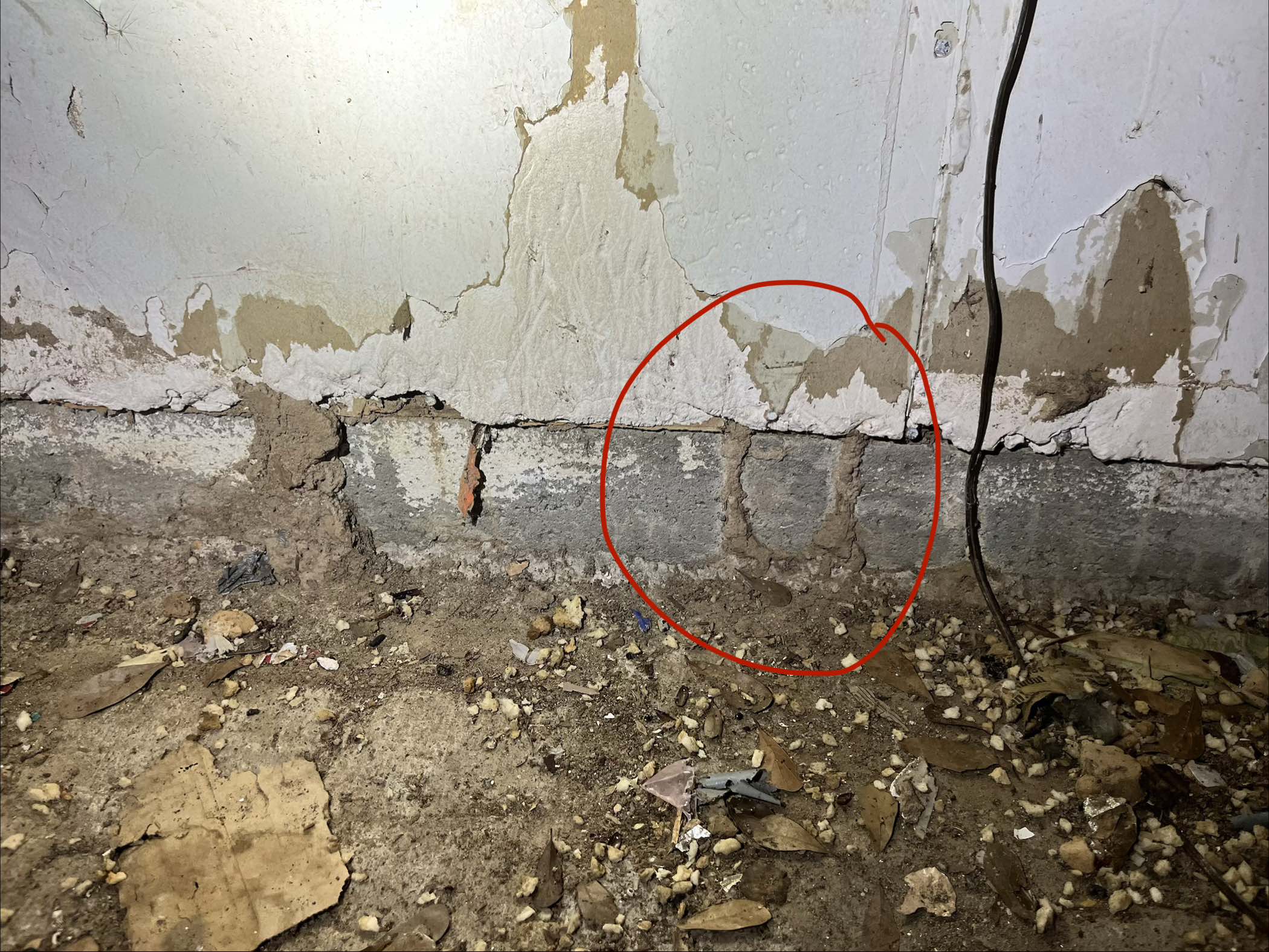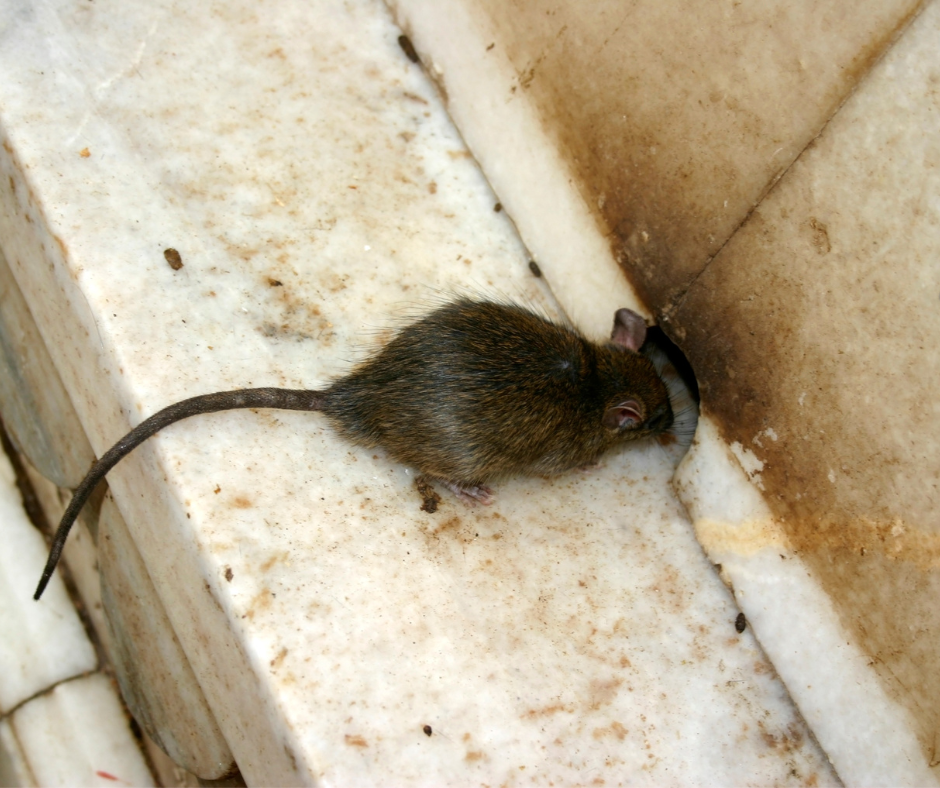Subterranean termites are among the most destructive pests affecting homes, and their ability to remain hidden makes them even more difficult to detect. These pests often travel through narrow tunnels and create concealed galleries inside walls, flooring, insulation, and structural voids. Because these areas are difficult to reach using standard liquid applications alone, advanced methods such as foam injection have become essential in termite control.
Foam injection is designed to access cavities where termites hide, delivering treatment deep into spaces that traditional approaches struggle to penetrate. This method has become a valuable part of termite management, especially when galleries are located inside inaccessible voids. Below is a detailed look at how foam treatment works, why it is effective, and when it becomes necessary.

Why Hidden Termite Galleries Require Specialized Treatment
Termites rarely remain in open spaces. Instead, they create complex networks of galleries inside wood, behind drywall, beneath flooring, or within insulation. These enclosed areas protect the colony from exposure and allow it to feed undisturbed for long periods. As a result, homeowners often do not notice termite activity until damage becomes significant.
Cold or mild seasonal temperatures can influence hidden activity, making infestations harder to detect. Insights from winter termite behavior show that termites remain active even when outdoor conditions seem unfavorable. Because these pests continue feeding internally, effective treatment must reach the concealed areas where they travel and establish colonies.
Foam injection is ideal for these inaccessible locations. Unlike standard liquid termiticides that rely on gravity and surface penetration, foam expands into voids, filling irregular spaces and making contact with termites that would otherwise remain protected.
How Foam Injection Works in Termite Control
Foam injection begins by locating termite galleries inside walls, floors, or structural elements. After identifying these voids, small access points are created to allow the foam to reach hidden areas. Once applied, the foam expands, traveling through narrow spaces and coating surfaces with active ingredients.
The process is effective because foam:
- Expands into cracks, voids, and irregular structures where termites hide
- Provides thorough coverage in areas that liquid products cannot reach
- Adheres to surfaces, allowing for longer residual performance
- Reaches termites protected deep within wood or behind walls
The expanding nature of foam ensures that the termiticide spreads uniformly, creating a barrier throughout the gallery. This makes it an excellent solution for concealed infestations that cannot be controlled through soil treatments alone.
When Foam Injection Becomes Necessary for Termite Management
Foam injection is not always the first step in termite control, but it becomes essential when traditional methods are insufficient or when termite activity is deeply embedded. Understanding when foam is needed helps prevent ongoing damage.
Foam injection is recommended when:
- Evidence of termites is found inside walls rather than near the soil
- Damage appears in upper floors or attic spaces
- Mud tubes are detected entering through wall voids or plumbing penetrations
- Termites are active behind tile, drywall, or insulation
- Structural elements contain multiple entry points or layered galleries
This method complements other forms of termite control by addressing vertical and internal components of an infestation. In homes with long-standing termite issues or those built with complex structural layouts, foam provides essential added coverage.
Supporting New Construction and Preventive Measures
Foam injection is also beneficial during construction, renovation, or remodeling. Structural elements that remain open before walls are closed are ideal for foam applications, helping create early protection that reduces future termite pressure. This is especially valuable in new builds, where early preventive steps can significantly reduce long-term risks.
Resources discussing proactive soil prep reinforce how combining foundational soil preparation with supplementary foam treatments provides a more complete defense system. Foam can reach elevated or enclosed structural areas that soil treatments cannot access during construction.
By integrating foam into the larger termite control plan, both existing and newly built homes benefit from deeper coverage and enhanced long-term protection.
Advantages of Foam Injection Compared to Traditional Methods
Although liquid termiticides and bait systems remain core elements of termite management, foam offers advantages that make it indispensable for specific infestations. Its ability to reach concealed galleries makes foam a valuable companion treatment within a comprehensive plan.
Key advantages include:
- Expanded reach into inaccessible voids and structural cavities
- Better adherence to vertical surfaces within walls
- Effective delivery of termiticides in small or narrow areas
- Long-lasting residual performance on hidden substrates
- Enhanced protection when combined with soil treatments or bait systems
Foam injection does not replace other methods but strengthens the overall treatment plan. Subterranean termites often require multiple layers of protection, and foam ensures that the internal components of the structure receive adequate coverage.
Final Thoughts on the Importance of Foam Injection
A termite infestation can continue unnoticed for long periods if activity remains hidden behind walls or beneath flooring. Foam injection offers a precise and reliable method to reach these concealed galleries, helping eliminate termites at the source and preventing further structural damage. By expanding into tight spaces and coating the interior of termite tunnels, foam greatly enhances the effectiveness of termite control.
A Smarter Step Toward Hidden Termite Protection
For expert termite solutions that target concealed galleries and inaccessible voids, contact Fullscope Pest Control for professional support tailored to your home’s needs.



